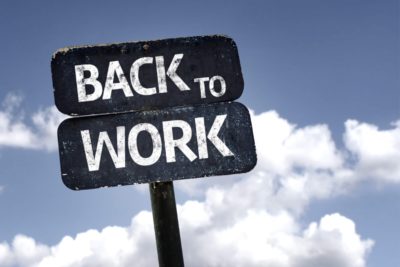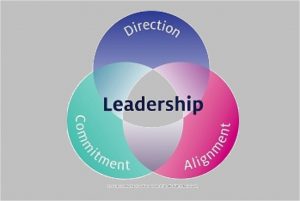 The reopening of workplaces has begun after three or four months of closures.
The reopening of workplaces has begun after three or four months of closures.
In a recent article published by the American Psychological Association workplace psychologists and other leaders discuss the challenges we will face in opening up workplaces following weeks of lockdown because of the COVID-19 pandemic.
As workplaces become operational, human beings will be coming back into them. “Some people will be delighted to be at the office; others will be reluctant, anxious about the health risks or child or other concerns; still others may believe they have the right to behave any way they choose. All will be vulnerable to disease and will need to be safe at work.”
Experts suggest:”The environment has to be safe to go back into.” That’s the number one issue. And it must appear to be safe through clear, specific, ongoing communication of the measures taken.
Government jurisdictions have made available guidance and supports to help businesses and not-for-profits affected by COVID-19 begin to reopen and resume operations safely. One example is Alberta Biz Connect.
Let’s say your workplace is a professional and technical office environment. All the health and safety measures such as office sanitization, hand hygiene, physical distancing and mask wearing protocol has been implemented and communicated in advance to all returning employees.
As human beings we are socially wired with a need to belong, including in the workplace. While at the same time we are advised to limit lengthy exposure to individuals not within our “bubble” of loved ones.
What must we do as leaders to create collaborative environment for business and personal success while limiting the spread of the virus?
Here are five suggestions:
Stay Flexible
In terms of, say, wearing a mask at work or placing limits on meeting size, workplace psychologists suggest “it’s okay to provide the space and opportunity for employees to work it out on their own, and it’s okay when managers are involved, but the minute you get executives and HR (the Human Resources department) involved, it may lead to high levels of polarization. It’s incumbent on workers to act responsibly and meet certain guidelines, but we can’t mandate everything. That flexibility will buy a lot of good will.”
Others say, “Managers will want to signal that they value employees and their safety, and they’ll need to allow employees to share their ideas and even their fears, and to vent negativity if they are feeling it. In fact, the whole workplace dynamic will probably take some time to shake out… For example, even though employers generally value initiative, they are probably not going to want to open the floor to unbridled initiative for a while, given that so many unknown factors will be in play.”
Be Kind. Ask Questions
As part of EY’s ongoing engagement strategy they practice checking in regularly with people in person or by telephone to create engagement. “How are you doing?” “What can I do to support you?” These simple questions are powerful tools to build relationships, as well as providing support after significant news or events.
Be Vulnerable
Don’t be afraid to ask for help, including from employees who are your junior. This is most often perceived as a strength by those you ask for help, not a weakness. A Canadian CEO publicly admitted that some days the impact of COVID-19 has her “flummoxed”. I believe this statement invites ideas and avenues of support. If you are feeling flummoxed ask someone you trust, “What would you do if you were in my shoes?”
Normalize Remote Work
Businesses and not-for-profits are “navigating a shifting landscape of risk and decisions being made at multiple levels of government, with widely varying incidences and resources.” Some have decided to support remote work indefinitely, forever or exclusively.
Many Canadian organizations are bringing back workers in stages over the next year and beyond to new cleaning protocols, reconfigured workspaces to allow for social distancing, traffic-control measures in elevators and restrooms and at entrances, fewer in-person meetings, and a limit on attendees when meetings do occur.
Academics studying work-life balance and remote work “anticipate that this society-wide experiment with remote work will normalize the practice as never before.” It may even become a recruitment tool as prospective employees insist on having the option, some say. There is a growing consensus that there is a continuing role for remote work. Many see incorporating remote work into the organization’s overall plan as an essential option to give employees more of a feeling of control over their own safety and job performance.
Imagine the Future
It appears there is no going back to the workplace we knew before the COVID-19 pandemic. Now is an opportunity to dream. Imagine. What does the ideal workplace of the future look like to you? If there is a first energetic step, a bounce forward to your preferred future, what is it?
Bruce Halliday
Senior Advisor







